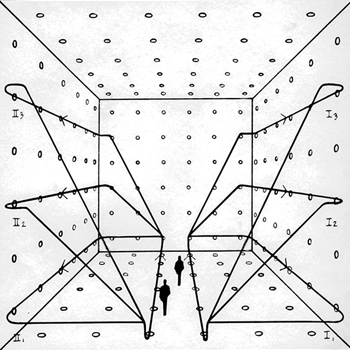How do you find the antiderivative of #e^(2x) / (3+e^(2x))#?
1 Answer
Jun 21, 2016
Explanation:
easiest way always is to recognise the patterns
generalisation
so if we consider
because
thusly
you can plough through a whole series of subs but seeing the pattern is a real life saver.

